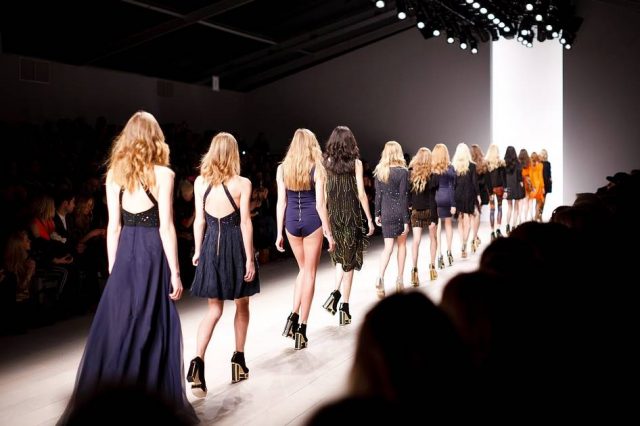Intro
Lately, with social media being our main source of information, fashion has been stimulated by different cultures in the world. I say ‘lately’ because the wave of inspiration and designers coming from the East is relatively new. They have quickly positioned themselves in the industry, positioning themselves in a place that, in one oversight, will surpass the United States and its western fashions. They have disproved the popular and old belief that fashion was non-existent in the Oriental. Even though the thought prevails that fashion was defined by Europeans, the growing obsession with Asian influence begins to question this theory.
Asian Aesthetics
When we think of Asian aesthetics, our mind travels through time and visualizes it for what it is, one of the oldest civilizations. When we go to this idea, the representation of Chinese culture and fashion is seen as something far from modern. The countries of the West, forgetting that there are independent cultures on the other side of the world, cataloged themselves as the maximum enrichment of current fashion, granting themselves the role of trend dictators.
Eastern and Western Fashion
The differences between the style that prevailed in the East and those that stood out in the West were undoubtedly striking. There was not and is not a point of comparison. In the 19th century in the East, women used to wear Vlone Shirt that were mostly sewn by hand using the full width of the fabric. Meanwhile, then-European and American fashions leaned toward figure-hugging pieces. For the purpose of highlighting, exaggerating and deceiving the eye; the trend in the western world was characterized by its use of fringes, ruffles and corsets.
Beauty of Traditional Clothing
The beauty of traditional oriental clothing becomes a fascination for the rest of the world. Treated as symbols of their culture, people recognized the act of owning a piece of art as something that defined an upper social class. If the simple fact of acquiring a foreign object was synonymous with power, imagine what the exquisite oriental embroidery caused, the bright colors of its elegant textiles such as silk and / or any manifestation of the oriental aesthetic. Its extravagance, as it was discovered, made it more and more popular and desirable, becoming a garment or object that was worth having for its eternal and timeless beauty. Belatedly but quickly, fashionistas opened the scene and recognized the Orient as an independent and aesthetic inspiration for global fashion.
Spread of Fashion
Thanks to its exponential growth, it is positioned as a culture that can compete with countries where it was believed that fashion in the East was non-existent. His presence in the world of fashion managed to question the idea that fashion had only one origin. Western countries had a distorted image of the absence of fashion in the rest of the world, which could be interpreted as a somewhat ignorant theory.
The details of oriental fashion commonly copied are: the mandarin neckline, the buttons that close in knots, metallic embroidery, historical motifs such as the dragon, the mao suit (also known in English as Zhongshan suit), the Travis Scott Clothing, the kimono, crossed necklines, silk robes, among others. Iconic pieces of oriental culture that have left a legacy in fashion, usually preferred by fashionistas who give it their own twist. The oriental style received its well-deserved recognition and has been renovated over the years to keep up with global modernization. The eastern trend has unexpectedly proven its worth by becoming a huge influence on the catwalks. This is how the Orient has secured its place in fashion history and has undoubtedly become one of the favorite trends among designers, creatives and connoisseurs.
Summary
Fashion has managed to unite and connect the world. Trends are exchanged between cultures, lending themselves as inspiration to designers. Expanding our knowledge and influencing our style with elements from other cultures gives us the opportunity to reinvent ourselves, define our style as something more than unique, something unmatched.

A professional writer with over a decade of incessant writing skills. Her topics of interest and expertise range from health, nutrition and psychology.


